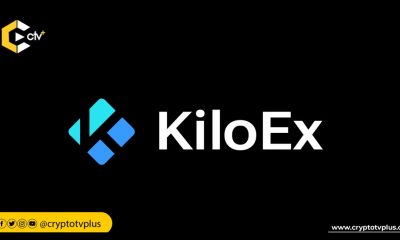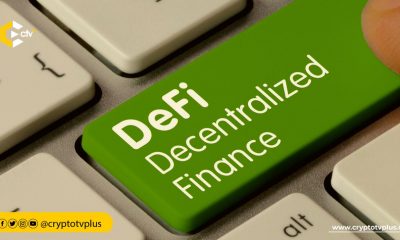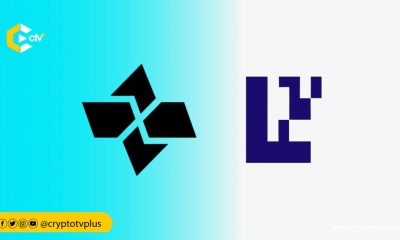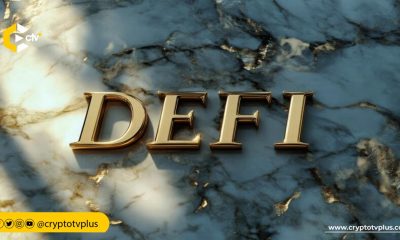News
CeFi Or DeFi: Which Is Better?

The question of CeFi and DeFi has been a recurrent one in the crypto finance space. From time immemorial finance has always thrived under the supervision of centralized entities but with Satoshi’s vision of a world of “peer-to-peer” finance and the advent of bitcoin (BTC) and cryptocurrency in 2008, decentralization came into the picture. However, even with this development, in a bid to maintain order and better facilitate the adoption of crypto, most crypto companies still found fertile ground in centralization and all operations and funds were still managed by these businesses on behalf of the users. This gave birth to what was known as Centralized Finance (CeFi) in the crypto space.
Read: Peter Schiff Claims Tesla Stocks Been 5% down since TSLA 1.5bn Bitcoin Purchase
Although the modus operandi of CeFi seemed to defy the essence of decentralization, it helped bridge the gap between traditional finance and cryptocurrency by maintaining a familiar ground for new users to bounce into. Users are shielded from the horrors and risks of losing private keys and seed phrases and provided with fiat gateways to easily launch into the crypto space with their existing fiat currencies. Also, CeFi applications are highly regulated and ensure that due diligence is carried out on coins and users pass through proper KYC/AML procedures. All this works together to create and maintain a sense of highly appreciated security especially given the skepticism surrounding the crypto space. Popular crypto CeFi applications include Coinbase, BlockFi, Binance, and Bitfxt.
However, a minority of crypto enthusiasts still stand wary of CeFi and its outright defiance of what the crypto space represents. Coupled with the disadvantages of CeFi such as the possibility of a single-point-of-failure and the fact that users do not really own their crypto assets, this fueled the creation of decentralized finance solutions or DeFi as it is popularly called.
Decentralized Finance (or simply DeFi) refers to an ecosystem of financial applications that are built on top of blockchain networks. It eliminates the need for a centralized authority and puts financial power truly in the hands of the people. There are no intermediaries, no single point of failure or the possibility of censorship resistance to curb the activities on the platform. DeFi has been utilized to facilitate borrowing and lending (Compound protocol), decentralized marketplaces, and provide monetary banking services. Most DeFi platforms are run using governance tokens where users directly control the workings of the system. Funds are also owned by users themselves and not managed by any central authority. Popular DeFi applications include Binance DEX, PancakeSwap, Compound, Maker, etc.
Is Binance Smart Chain; CeFi or DeFi? Read to find out
But in all this, the system is not without its flaws. With ownership comes responsibility. Users are more prone to loss of funds as the responsibility of keeping private keys rests solely on their shoulders. Also, the systems are run by smart contracts (code) which are prone to crash without warning. The platforms are also largely unregulated with no AML/KYC policy with complicated systems that new users may not be able to grasp.
To sum it all, both CeFi and DeFi have their pros and cons. Therefore, the choice of any platform should be taken with due consideration on the risks to be incurred and gains to be achieved. Crypto holders and investors are advised to always perform due diligence.
What are your thoughts on this? We would like to know in the comment section.

























7 Comments